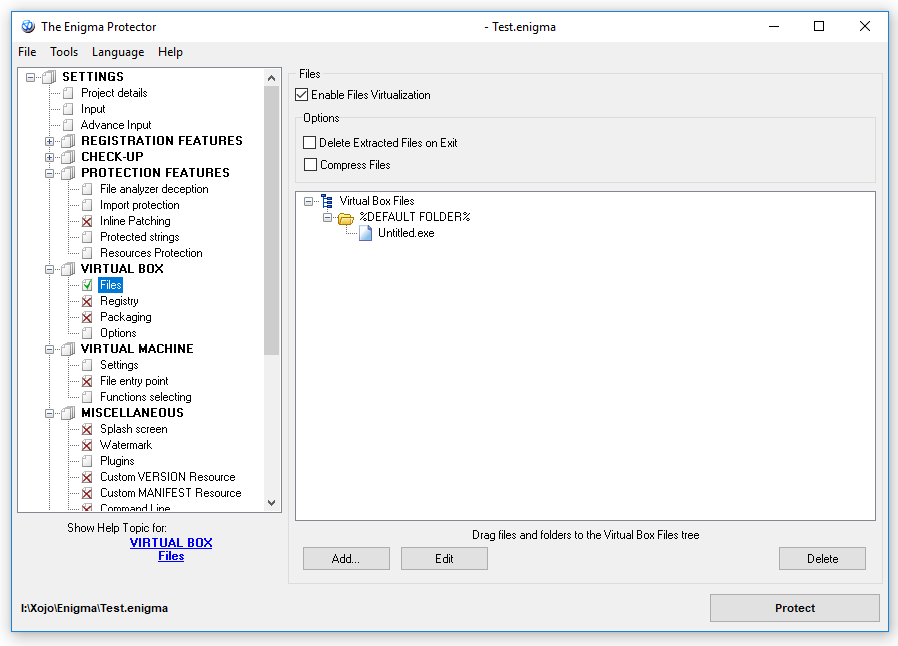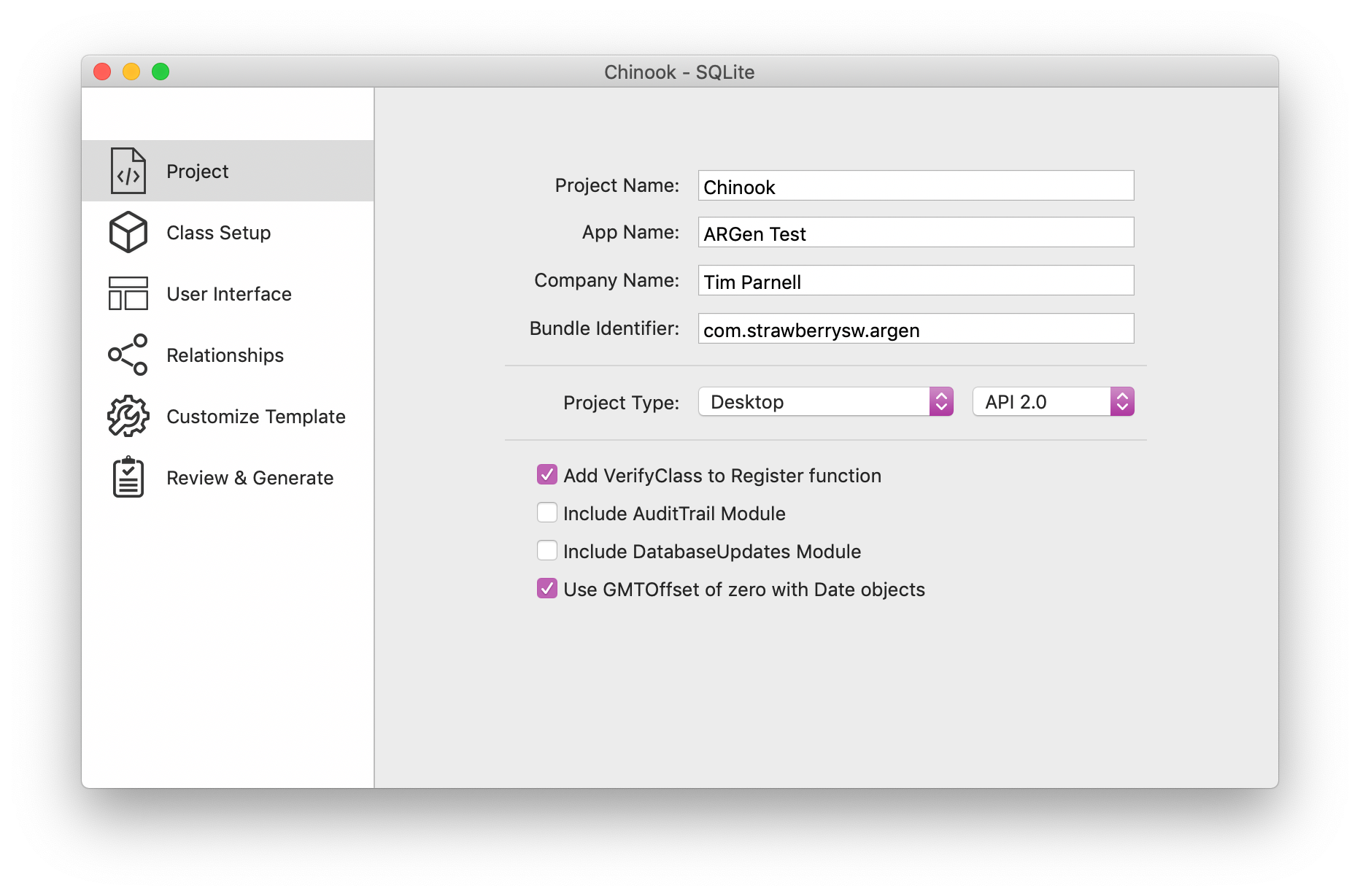

That means that the object calling the DrawInto method will draw itself using the same code you put in its Paint event.

In addition, the target graphic context can be of any size we need it to be! As you probably know, we can get such graphic context from several kind of classes, for example Picture. Second, the first argument we provide in the DrawInto method is the graphic context we want to use to draw the control.The first thing you can see is that the method is called on the instance (UI control) we want to draw into a given graphic context.DrawInto(g as Graphics,x as Integer, y as Integer) For example, this is the technique used for drawing all the contents of a given page or range of pages in AXControlGrid.Īs you can see in the Xojo documentation, the DrawInto signature is as follows: RectControl. That is, they would be a mere graphic representation of themselves something that is really useful in many cases.

However, when drawn in the target graphic context they will lose their usual response to any user interaction. This means that every UI control has the ability to draw itself in any given Graphic context. For the subject at hand, every graphic control or User Interface (UI) control included in the Desktop Xojo Framework share the common base class RectControl (this one based, at the same time, on the base class Control) and among the methods available in that class we can find DrawInto. The main advantage of a class hierarchy is that all the derived classes share the same set of methods, properties and events declared in their upper classes (those not set with a Private scope) and, thus, we can make our code more flexible, easier to maintain and get more dynamism from our apps at run time thanks to the Casting of types. This means that one class, either included by default in the Xojo Framework or created from scratch, can act as a base or root class for other classes based upon them. As an Object Oriented Programming language ( OOP), Xojo’s data types, especially the non-primitive ones, use or can use a Class hierarchy.


 0 kommentar(er)
0 kommentar(er)
